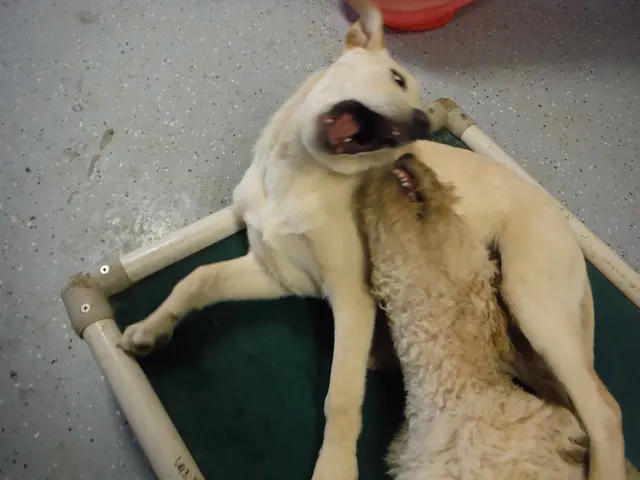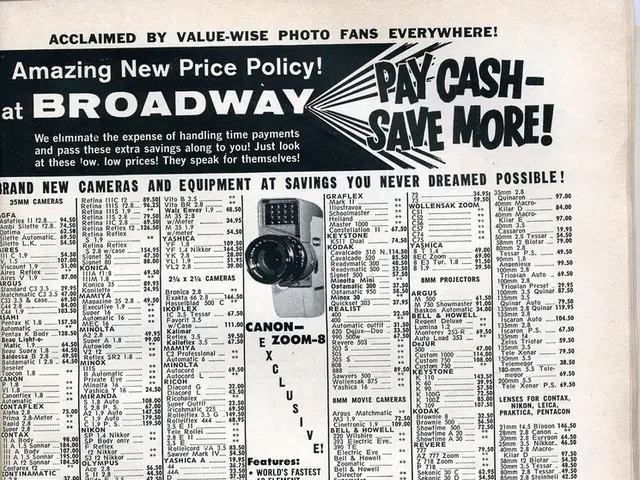sandbox experimentation leads to cutting-edge advancements
In the Opinion section of Le Devoir, we explore the concept of tactical urbanism, a form of planned improvisation that encourages temporary arrangements to be tested on the ground with the possibility of adapting along the way. This approach mirrors the metaphor of a sandbox at the city scale, as proposed by urbanist Jan Gehl.
The author, in this instance, shares a personal anecdote of building a sandbox for their son in a rarely used corner of the yard. With a sturdy structure, geotextile, and a thick layer of sand, the sandbox was a testament to love and ambition. However, the author's son did not play in the sandbox five times in six years.
This experience underscores the importance of on-the-ground experimentation in validating a hypothesis before finalizing plans. The author regrets not testing their project on a small scale first, a lesson that can be applied to urban innovation. They suggest that innovation begins when we dare to play, even if we pick the wrong game.
In the realm of urbanism, regulated sandboxes allow for testing innovative ideas in real conditions, but with temporarily relaxed rules. Yet, allowing organizations or citizens to innovate in public space can be complex due to security rules, usage norms, and risks of deterioration.
The role of a general verifier, general controller, or ombudsman is to ensure sound management of public funds, respect for rules, and the quality of services offered. However, the author believes that continuing to build perfect structures without allowing for errors could result in leaving them empty. They advocate for creating spaces for innovation, both physically, regulationally, and culturally, where mistakes are permitted.
In conclusion, the author's personal sandbox in the yard serves as a poignant reminder of the need for flexibility and experimentation in urban planning. By fostering a culture that encourages innovation and accepts mistakes, we can create vibrant, living cities that truly serve their inhabitants.





